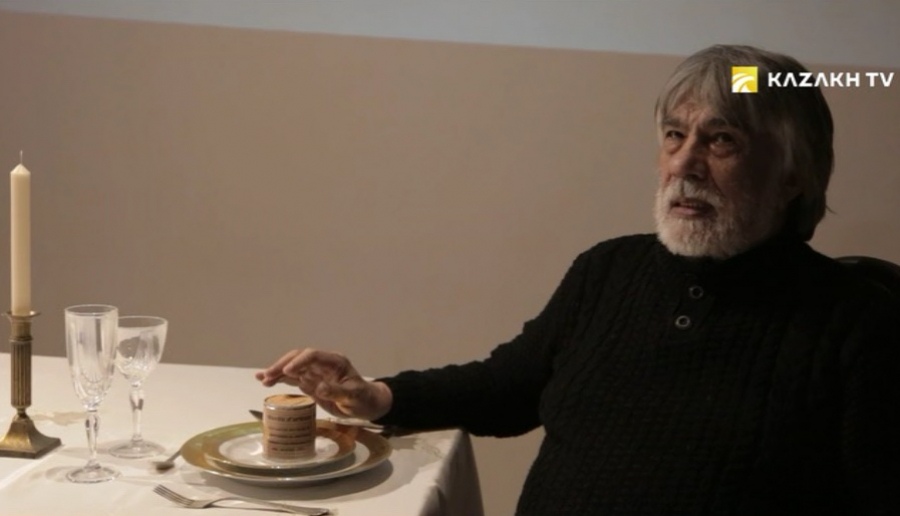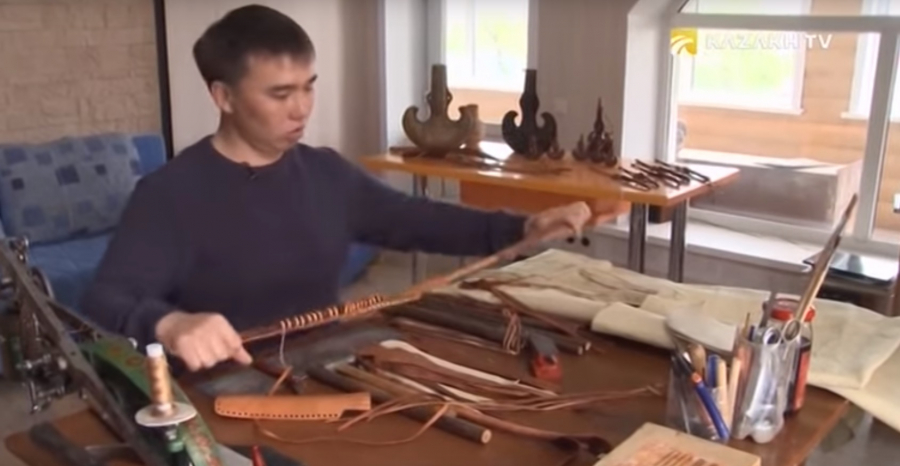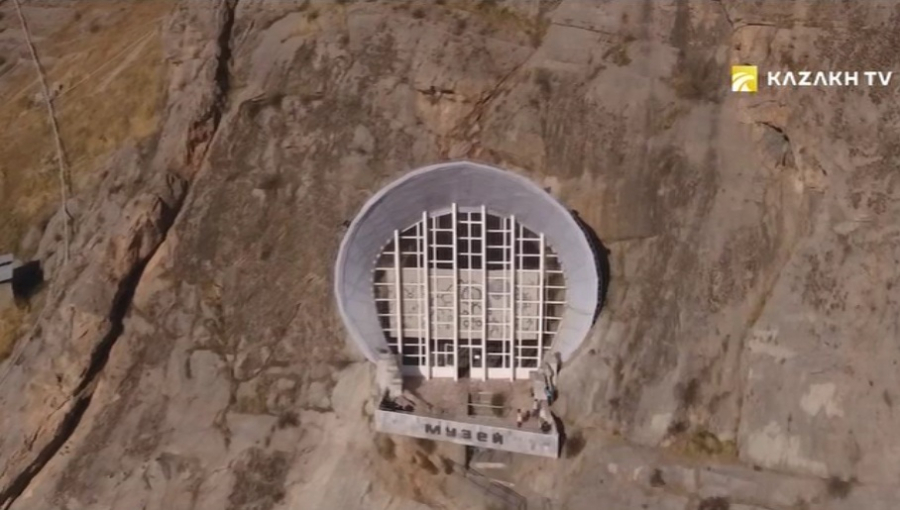
Samarkand always had a special atmosphere in Central Asia. It is a great example of a mix of Eastern and European cultures. The history of the old city began almost three thousand years ago. And most of this time it was an important stop on the way of caravans from China to Europe and back. Samarkand used to be a capital of ancient Sogdia, and later Amir Timur’s empire. That’s when it became the center of science and medieval architecture with its numerous palaces, madrassahs, attracting brightest scientists, and the famous observatory, a place where the most accurate and complete star catalog of that time was made. After the military annexation of the part of the Emirate of Bukhara to the Russian Empire, a Russian quarter was built in Samarkand. There are still a lot of settlers from the Russian provinces in the ancient eastern city, they are keenly interested in the cultural heritage of Transoxiana and are trying to find the connections with the present.
Any traditional culture needs researchers and enthusiasts - those who will always be interested in folk art. That refers to folk music as well. Without musicologists and composers who grew up with national sounds, it could simply be forgotten. Sometimes a tragic story can make irreparable adjustments in the history of culture. In the twentieth century, the instrumental tradition of the Kazakhs - kui genre, and particularly ‘shertpe kui’ was on the verge of extinction as a result of Stalin's political repressions. Later researchers started writing scientific works about Kazakh virtuosi and reviving that extraordinary art. Explorer of folk art Raushan Maldybaeva is one of the enthusiasts of that revival.









